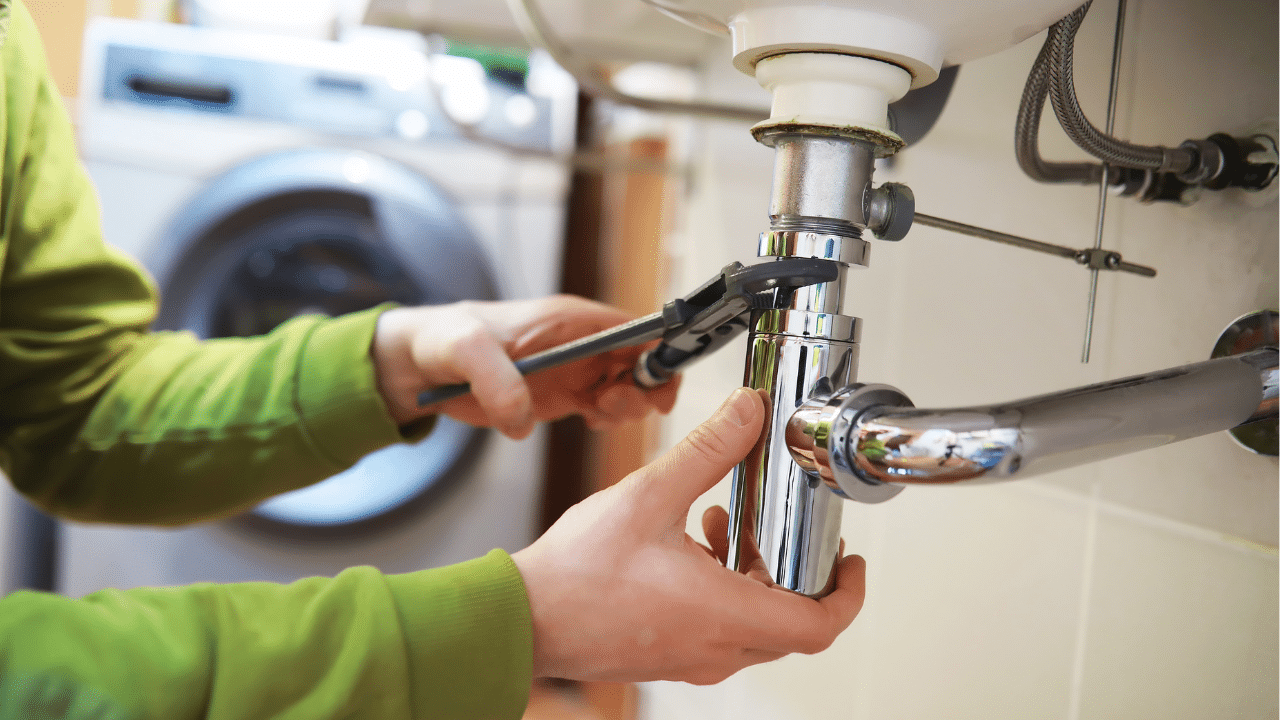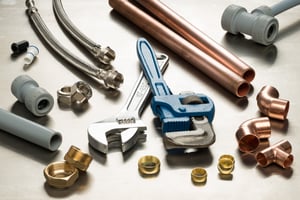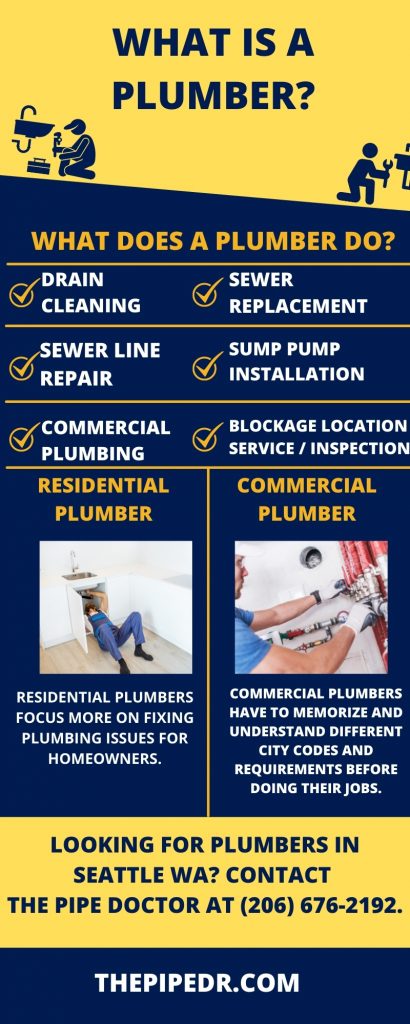All Categories
Featured

[/image][=video]
[/video]
Before you hurry to call a plumber or make some bad DIY choice, you might desire to take an appearance at these pipes keys that can conserve you time and cash. It is essential to understand where you water shut off valve remains in your home, as this can save you from even more severe damage when plumbing concerns take place.
Once every little thing is transformed off, take an appearance at your water meter. An ongoing activity on your water meter when all water resources are turned off is a clear red flag that needs immediate attention.
Nevertheless, sluggish drains are frequently a very early caution indication of a bigger issue. It might suggest a blockage planned, an issue with your sewer line, or perhaps tree roots penetrating your pipes. Rather of awaiting the drainpipe to come to be entirely obstructed, take action as soon as you notice a slowdown.

If these don't work, it might be time to hire a specialist. Neglecting the problem can cause much more serious and pricey troubles down the line. Understanding where your main water shutoff valve is can save you from possible water damage in instance of a major leakage or pipes disaster.
Is Diy Plumbing Safe?
Make sure every family grown-up knows where the shutoff valve is and how to utilize it. In case of a major leakage, quickly switching off your home's water supply can reduce damage and offer you assurance while you wait for a plumbing to get here. It's a popular concept that chemical drainpipe cleansers are the supreme remedy for clogged up drains a notion that could not be even more from the fact.
The chemicals can rust the internal lining of the pipes, resulting in damaged structures, leakages, and even pipeline ruptureds. The ecological implications of these chemicals are substantial. They can seep right into groundwater and infect it, posturing dangers to neighborhood ecosystems. The rate of these potential problems much outweighs the expense of any short-term benefit these cleaners might provide.
These devices can successfully clear obstructions without creating any kind of damages to your pipelines. If these techniques don't work, don't think twice to call a professional.

Over-tightening can lead to lots of troubles, including stripped screws and broken bolts, resulting in leakages or even water damages. This typical error in DIY pipes tasks can turn a minor repair work into a costly venture. Instead, aim for a tight fit. The fitting must be limited enough to avoid leaks however not so limited that it puts unnecessary stress and anxiety on the hardware.
Should I Hire A Plumber?
This should guarantee a good seal without harming the fitting or the pipeline. Keep in mind, if a leak happens, it's simpler (and usually more affordable) to tighten up a suitable than to change a damaged one. Plumbing professional's tape, or Teflon or string seal tape, is an essential tool for every homeowner. It develops water tight seals at pipeline strings, stopping leakages at joints and links.

Prior to attaching any kind of installations, take a minute to wrap a few layers of plumber's tape around the threads in a clockwise instructions. Ensure the tape covers all the strings and is covered tightly. This easy yet vital action can save you from managing bothersome leaks down the line.
Keep in mind that for larger issues, specialist aid is constantly recommended. To avoid this from occurring, think about mounting pipe insulation.
Plus, during chillier months, pipe insulation can aid stop your pipelines from cold and breaking a circumstance that can cause costly repairs. When it comes to securing fixtures like faucets, many DIY fanatics instinctively grab a plumbing technician's putty. But there's an alternative that might offer you better silicone caulk.
Should I Hire A Plumber?
This versatility permits it to fit minor shifts or activities without damaging the seal, providing a more durable and durable solution. Simply keep in mind to allow the caulk treatment completely according to the maker's guidelines before revealing it to water to guarantee the most effective results. "Doping" in plumbing refers to applying pipeline dope, or pipeline joint substance, to the strings of plumbing connections before they're screwed with each other.
Latest Posts
24/7 Plumber servicing
24/7 Plumber local to
Emergency Plumbing nearby